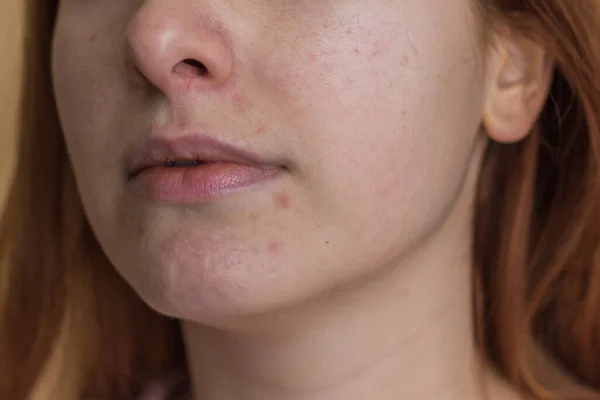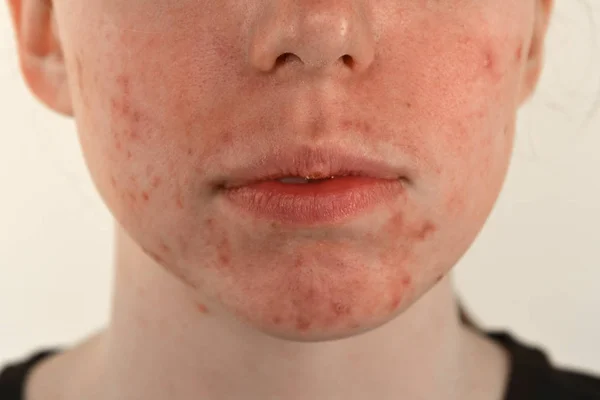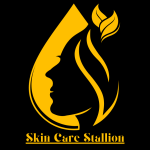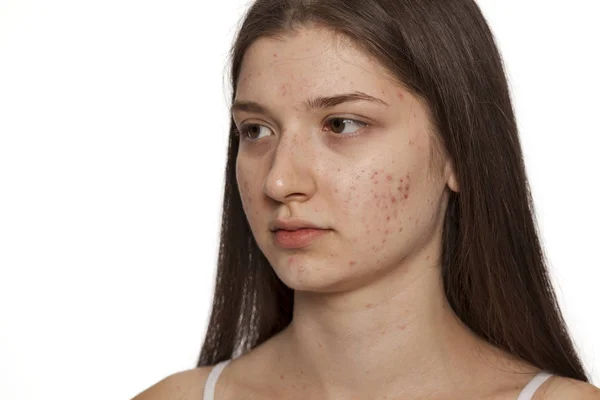“Why is my face red after skincare?” This common reaction can occur due to increased blood flow from exfoliation or sensitivity to certain ingredients. Have you ever glanced in the mirror post-skincare routine only to find your reflection resembling a ripe tomato? It’s a common concern: the mysterious case of the flushed face after skincare.
While you might initially panic, fearing a skincare mishap or a sudden allergy, fear not! There are various reasons why your face might turn red after pampering it with skincare products. Understanding these causes is the first step towards maintaining a radiant complexion without the unexpected blush. Let’s uncover the secrets behind why your face might be seeing red post-skincare.

Why Is My Face Red After Skincare
After skincare routines, your face may turn red due to increased blood flow, skin sensitivity, or reactions to ingredients. This redness, often termed “skincare red face,” can be temporary or a sign of irritation, depending on your skin type and the products used.
Understanding why your face turns red after skincare treatments is crucial for maintaining healthy skin. Whether you’re experiencing this as a common reaction or seeking solutions, it’s essential to delve into the reasons behind this phenomenon.
Increased Blood Flow and Skin Sensitivity
Skincare often increases blood flow, leading to temporary facial redness. Skin sensitivity may exacerbate this reaction, causing visible redness post-treatment.
Reaction to Skincare Products
Certain skincare ingredients can trigger skin reactions, resulting in redness. Identifying allergens or irritants in products is key to preventing this issue.
Over-Exfoliation and Irritation
Over-exfoliating can strip your skin’s natural oils, leading to inflammation and redness. Gentle exfoliation is crucial to avoid irritation.
Post-Treatment Redness: Normal or Concerning?
Understanding whether post-skincare redness is normal varies by individual skin type. Consulting a dermatologist can provide clarity on potential underlying issues.
Understanding Facial Redness
Understanding facial redness post-skincare involves the noticeable flushing or persistent redness on the face. Temporary flushing often occurs in response to triggers like heat, emotions, or alcohol consumption, while persistent redness may indicate underlying skin conditions such as rosacea or eczema.
Common causes include skin irritation from harsh products, sensitivity to weather changes, allergic reactions to certain ingredients, and underlying inflammatory skin conditions. Proper skincare and identifying triggers can help manage and reduce facial redness effectively.

The Skincare Routine Factor
Skincare ingredients play a pivotal role in managing facial redness. Certain ingredients like acids and retinoids, known for their exfoliating and rejuvenating properties, can sometimes trigger skin irritation and redness in sensitive individuals. It’s crucial to understand their potency and potential side effects when aiming for smoother skin.
Over-exfoliation is another common culprit behind facial redness. Excessive scrubbing or chemical exfoliation can strip the skin’s protective barrier, leaving it vulnerable to inflammation and sensitivity. Gentle exfoliation, tailored to individual skin types, is essential to prevent such issues.
Proper application techniques are equally vital. Incorrect application of skincare products, such as harsh rubbing or using too much pressure, can exacerbate redness and irritation. Gentle patting and smooth, even strokes help ensure the product is absorbed effectively without causing undue stress to the skin.
Skin Types and Sensitivity
Sensitive skin requires careful consideration when choosing skincare products. Unlike other skin types, sensitive skin often reacts adversely to common ingredients like fragrances and harsh chemicals. This reactivity can lead to redness, itching, or even flare-ups of conditions such as rosacea or eczema.
For those managing these skin conditions, post-skincare routines must prioritize soothing and gentle products to minimize inflammation and discomfort. Understanding these nuances is crucial for selecting products that promote skin health without triggering adverse reactions.
Managing Facial Redness
Managing facial redness involves immediate relief and long-term strategies to alleviate discomfort and prevent recurrence. For immediate relief, applying cool compresses and using gentle, soothing moisturizers can help calm irritated skin.
Long-term solutions often include lifestyle adjustments such as avoiding triggers like hot showers or spicy foods, and adopting a skincare routine tailored for sensitive skin.
Consulting a dermatologist is crucial for persistent redness, ensuring proper diagnosis and personalized treatment plans to manage conditions like rosacea effectively. For those seeking relief from facial redness, these tips and professional guidance can make a significant difference in skin health.
Choosing Skincare Products Wisely


